There is a sadness in this book, though also humor, insight and a passionate call to examine our past. Although “There There” is a novel, it opens with a prologue of narrative nonfiction that is a searing reminder of the history of the past few hundred years and sets the stage for the stories to come. We are reminded of the massacres, the broken treaties, the relocation acts and the Indian Termination Policy, which Ben Nighthorse Campbell spoke against: “If you can't change them, absorb them until they simply disappear into the mainstream culture. ... In Washington's infinite wisdom, it was decided that tribes should no longer be tribes, never mind that they had been tribes for thousands of years.” This history also strikes a chord in this valley when you consider that the Ute tribes lived and hunted throughout the Colorado plateau until the late 1800s. The land of the Roaring Fork Valley belonged to the Utes until the agreement of 1874, negotiated by Chief Ouray, which removed nearly 4 million acres of territory from the Ute Reservation in exchange for $60,000 (which was never delivered). This seems like it could be yesterday. Amazingly, it is only twice the timespan that many of our parents have lived in Colorado. Though his father was raised in a traditional setting on a Cheyenne and Arapaho reservation, Tommy Orange was raised in Oakland and lost the chance to learn his Native American culture. He describes this urbanizing process but notes that the culture travels with them. “Cities form in the same way as galaxies. Urban Indians feel at home walking in the shadow of a downtown building. We came to know the downtown Oakland skyline better than we did any sacred mountain range, the redwoods in the Oakland hills better than any other deep wild forest.” As with many young writers, you feel that many of Tommy Orange’s characters and traits are himself (which follows the good advice of “write what you know”). The characters in “There There” want to recapture a sense of cultural identity and are inspired by it. When one character, a boy named Orvil Red Feather, wants to know why his grandmother didn’t teach him "anything about being Indian,” she replies, "Too many of us died to get just a little bit of us here, right now, right in this kitchen. You, me. Every part of our people that made it is precious. You're Indian because you're Indian because you're Indian." “There There” follows 12 people and their interconnected lives. The plot centers on a powwow, and it draws in each of the characters for different reasons. One is an aspiring storyteller who wants to capture the stories of his culture, others come to connect with family, and others are there to try to pull off a heist and earn some quick cash. Orvil Red Feather is inspired to attend after coming across a video of Native dancers when researching his culture. “There on the screen, in full regalia, the dancer moved like gravity meant something different for him. It was like break dancing in a way, Orvil thought, but both new – even cool – and ancient-seeming. There was so much he’d missed, hadn’t been given. Hadn’t been told. In that moment, in front of the TV, he knew. He knew he was a part of something. Something you could dance to.” -Nathan Child This review originally appeared in the Aspen Daily News on July 5th, 2018. More recommended titles:
1 Comment
5/5/2023 09:26:58 am
Hello, thank you for sharing this info and book review of "There There".
Reply
Your comment will be posted after it is approved.
Leave a Reply. |
Adult News & reviewsLibrary news, info about upcoming events, reviews of books and films, and a look at the topics that affect us as a library. Archives
July 2023
|
General |
Borrowing |
About |

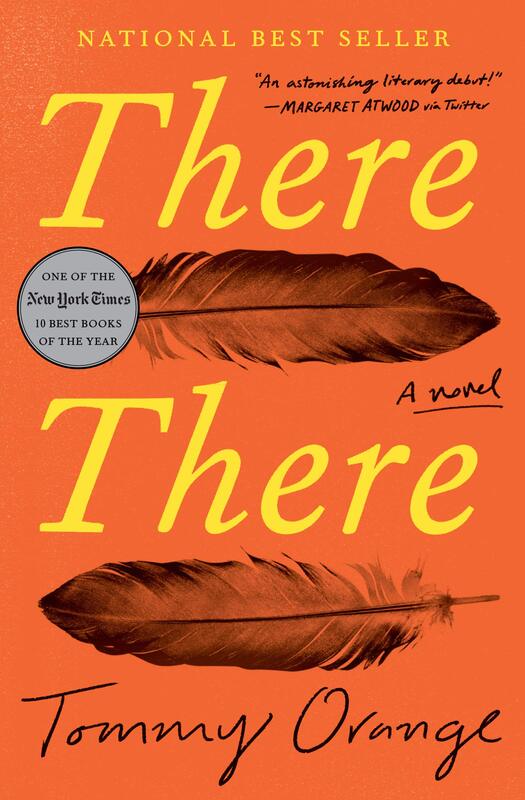
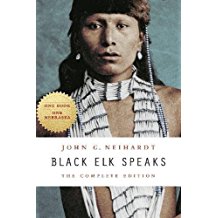
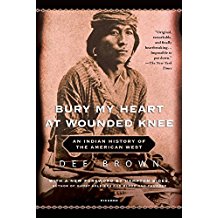
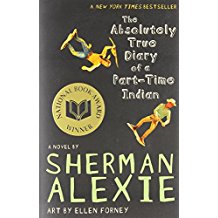
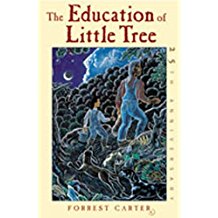
 RSS Feed
RSS Feed
